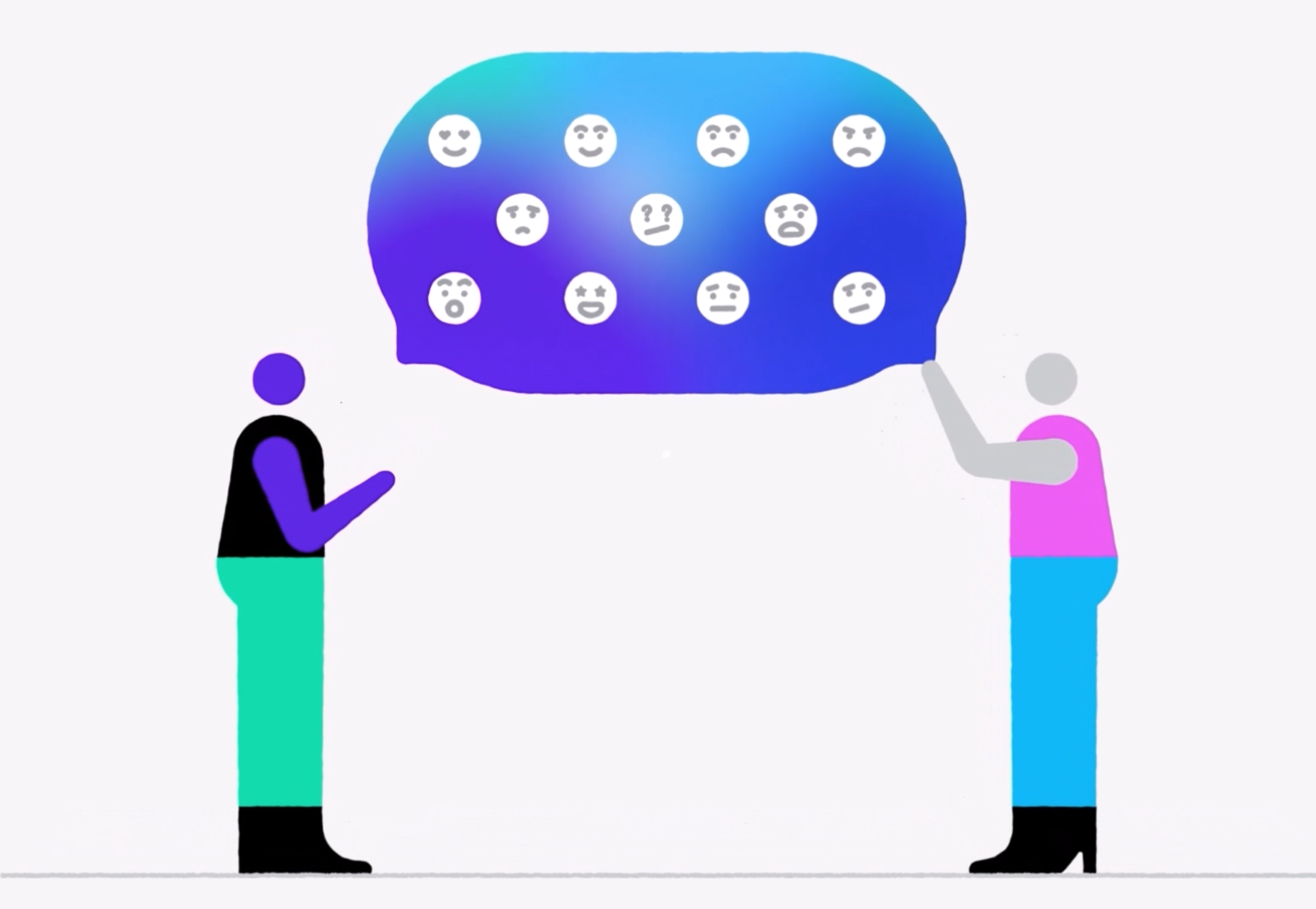The deaths of George Floyd, Breonna Taylor, Ahmaud Arbery, and others have sparked a renewed outrage against racial inequality around the world, leading many organizations to consider changes to how they operate. That’s great, but I’ve seen too many of these situations create an immediate response with no lasting change. I don’t have answers for solving deep injustices in broader society, but I want to apply what I’ve learned to help organizations become more inclusive and diverse. Hopefully this post will help.
#BlackLivesMatter!
I want to start by making my personal position clear: we have a problem. Here’s an excerpt from one of my recent social media posts…
We can not allow the violence in the streets to distract us from the injustice in our hearts. When people throw rocks, light cars on fire, attack police, and loot stores, the narrative unfortunately shifts away from the fundamental problem that we need to collectively solve.
There can be no debate about whether or not #BlackLivesMatter, they do. There can be no confusion about whether or not people of color are treated differently, they are. There can be no discussion about these incidents as isolated events, they’re not.
Protests and violence raise awareness, but they do nothing to solve the problem. We need to look for ways to build more constructive ties across communities, not incite anger across them. We need to address our subconscious biases, not overreact to individual incidents. We need to see the death of George Floyd as a horrible symptom of a societal problem, not as a premeditated act by the Minneapolis police force.
Five Principles Of Change For Leaders
For more than 20 years I’ve been advising leaders on driving change across their organizations, helping them focus on the needs of human beings throughout their ecosystems. Given the current moment of time, I’m sharing my thoughts on a different, but related topic… how can they attack the ongoing biases that continue to oppress Black and other marginalized members of our community?
While there are powerful ways that leaders may help in their communities, or attempt to change broader societal problems, I’m going to focus here on how they can make meaningful changes inside their own organizations. It may be counter-intuitive, but large-scale transformation is often driven by small-scale successes. By making modest – yet still essential – changes inside their own companies, leaders can help ignite the spark that will hopefully lead to more sweeping societal changes. Here are five principles that can help:
- Clarify what’s important, don’t just share outrage. What does your organization stand for? That’s the first question that you need to answer. If you end up with a long list of items that includes some items that loosely connect with diversity and inclusion, then you might as well skip the rest of my recommendations. Driving lasting change across an organization is difficult and can only happen when it aligns with the organization’s true priorities. If you want to drive a more diverse and inclusive culture within your organization, then that needs to be one of the core values of your organization.
- Reinforce values, don’t attempt to recode attitudes. Most leaders who want to drive this type of change turn right to employee training. As I recommended after Starbucks dealt with a similar issue in 2018, training may be a valuable component of the effort, but it needs to focus on the organization’s values and brand promises, not on innate human attitudes. A few hours of training will not undo employees’ decades of experiences that have hard-coded most of their beliefs and attitudes. However, employees naturally conform to the environment they’re in, so while you may not be able to rewire the people you hire, you can certainly establish norms of behavior while they’re at work.
- Change who you hire, don’t just set goals for diversity. The best way to have employees with a certain set of beliefs is to hire them that way. Organizations should certainly aim for an employee (and leadership) base that is reflective of the ethnic and cultural mix in their communities, but they need to do even more than that. If you want a workforce with biases toward racial and minority inclusion, develop approaches for screening-out the applicants who don’t hold those values.
- Demonstrate behaviors, don’t rely on communications. As we’ve discussed over and over, changing culture requires a focus on how people think, believe, and act. While you can attempt to change how employees think with an onslaught of emails and posters, that only addresses one aspect of the change. For people to believe that something is going to be persistent, they need to see changes in behaviors from their leaders. Spend time thinking about how to alter your behavior in a way that clearly signals this change. As a start, consider establishing affinity groups and a regular cadence of meetings between those groups and the leadership team.
- Over-index on minorities, don’t treat them as small samples. I’ve helped many companies tap into Experience Management as a lever for shifting their business models. One of my principles of change is to overly focus on the segments who you want to better serve, even if that group currently represents a small portion of your data samples. The reality of your employees and customers in minority groups is that their voice will almost always be lost when included in the larger pool of feedback you analyze. So create separate analysis and action loops based on those audiences.
Raising Our Collective Humanity
I also suggest that you download and share our free eBook, Humanizing Customer Experience. It provides important information about understanding human beings and applying the three mindsets we recommend for focusing on our collective humanity:
- Embrace Diversity: Cherish Our Differences. Not only should we respect each other’s differences, we should also find ways to appreciate each other as wonderfully unique individuals.
- Extend Compassion: Proactively Care For Others. All around us are people who could benefit from our care and comfort, but often we either don’t notice them or we deliberately ignore their needs. We can all do a better job of tuning in to the condition of people around us and demonstrating concern about their well-being.
- Express Appreciation: Acknowledge The Positive. The act of appreciation is powerful. It not only has a positive impact on the people who we explicitly appreciate, it also improves our own, personal well-being.
Some Closing Thoughts
In case you’re interested, take a look at the steps that Qualtrics is taking and this very informative post by SAP’s chief inclusion and diversity officer.
This is just a starting point. The entire Qualtrics XM Institute team is committed to being an ongoing beacon for positive change. Please share any ideas you have on how we can continue to help.
The bottom line: Do something! If not us, who? If not now, when?





